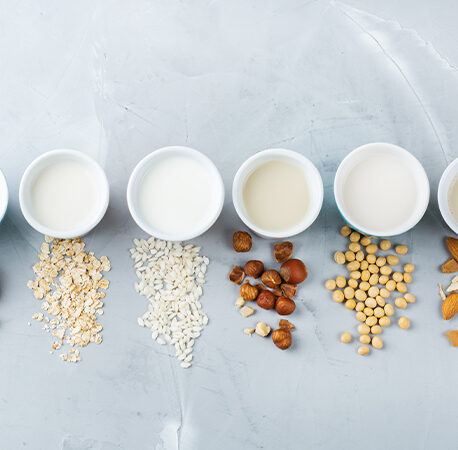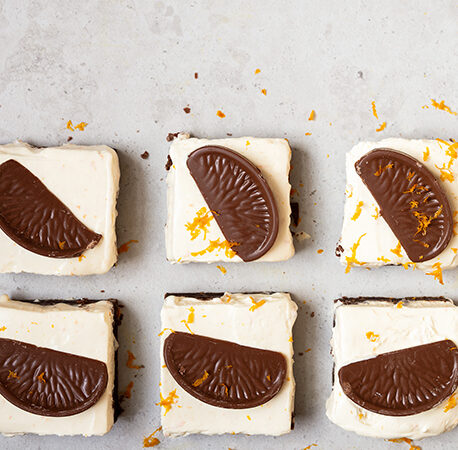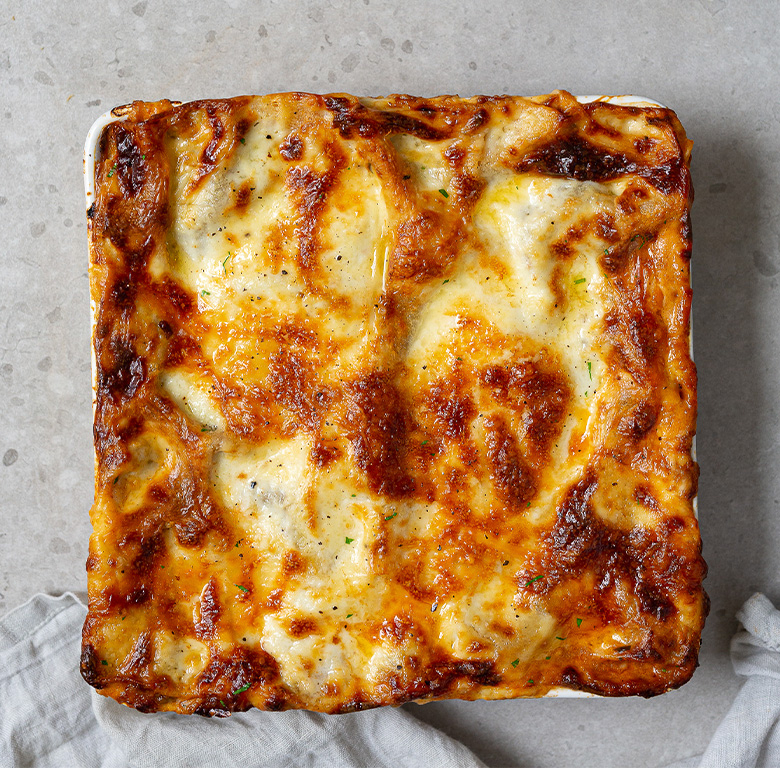Decorating with fondant icing is a fantastic skill, and one we are always interested in practising! In particular, the smooth and flawless finish of rolled fondant is a Christmas cake-topping classic. In preparation for the season – but useful to know all year round – we’ve collected some tricks of the trade to make sure your cake and/or cake decorations look their best.
Fantastic fondant tips
Q: How do I get the fondant to stick to the cake?
For a simple option, you can brush over some warmed apricot jam and use this as a “glue” for the fondant. You can attach a layer of marzipan to this before adding the fondant. We like to cover the cake with a thin layer of buttercream using a pallet knife. The buttercream will help the fondant stick to the cake and keep it looking smooth.
Q: What causes buttercream to seep through fondant?
If your buttercream is seeping from the bottom of the fondant, the buttercream may be too thin. Another reason could be if your fondant is too thick. Make sure you roll fondant less than half a centimetre thick, otherwise the weight of the fondant can cause the icing to seep out.
Q: What caused buckling and folding of the fondant?
Your fondant may be too thick and too big for the size of your cake. Once the fondant is on your cake, trim the excess on the bottom edge. You will have less to handle and be able to smooth the sides more easily.
Q: How far in advance can you put fondant on a cake, and how should the cake be stored once covered?
You can cover a cake 1-3 days before serving, depending on how big and ornate the cake and design may be. If your cake does not have a refrigerated filling, then it will sit happily in a cool room, otherwise it will need to be stored in the fridge.
Q: What do you do if you see condensation on the fondant?
If condensation does form on the fondant, do not touch or wipe the moisture. If you let it sit out in a cool room, the moisture will seep back into the fondant.
Q: How do you fix fondant that is tearing and cracking?
If your fondant is tearing or cracking, you can smooth it with a fondant smoother if the tear is small. If there is a large tear, try to join the two pieces together side by side and smooth with a tiny piece of fondant, until you blend the pieces together. Cracking occurs when the fondant may be too dry.
Q: What are some tips for achieving dark colours, like deep purple or black fondant?
For black you can start with chocolate fondant and add some black paste colour. For colours like dark purple you can add a small amount of black to deepen the purple colour.
Q: How do I attach fondant decorations to my cake?
If your cake is covered in fondant, then you can attach fondant decorations with a damp brush or a few dots of piping gel around the edges. If you have dark colours like black, brown or red decorations to attach, we would suggest a smooth, very thin layer of buttercream. Water may make the dark colours bleed onto the fondant-covered cake.
For ideas on clever Christmas cake decorations, check out this ‘3 ways with Christmas fondant‘ guide!






You have to be signed in to comment this post.